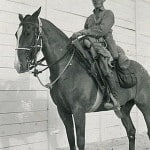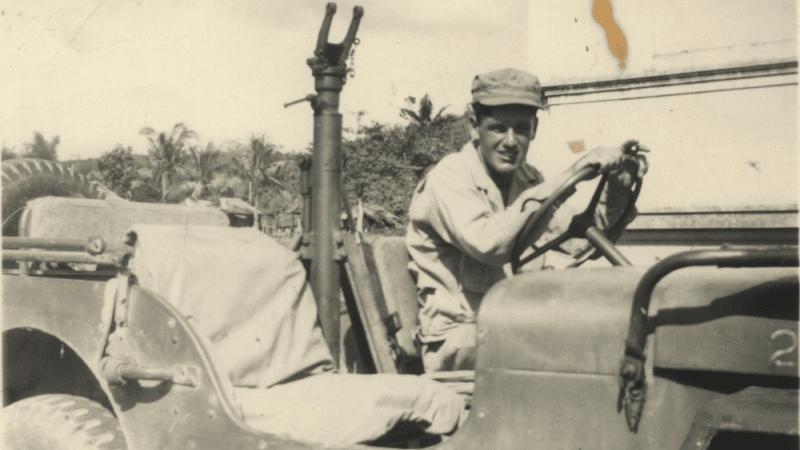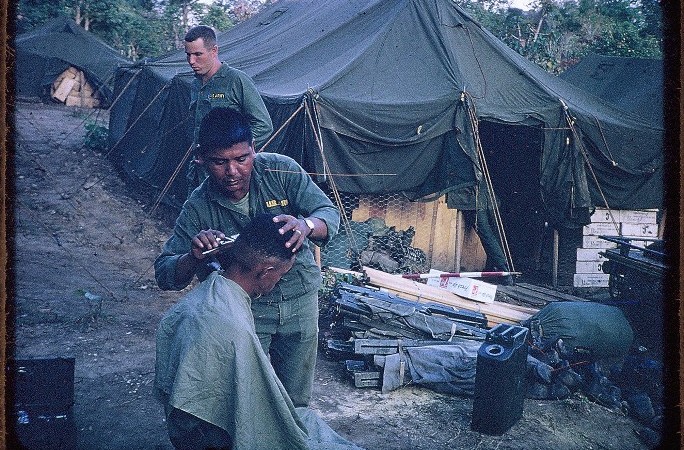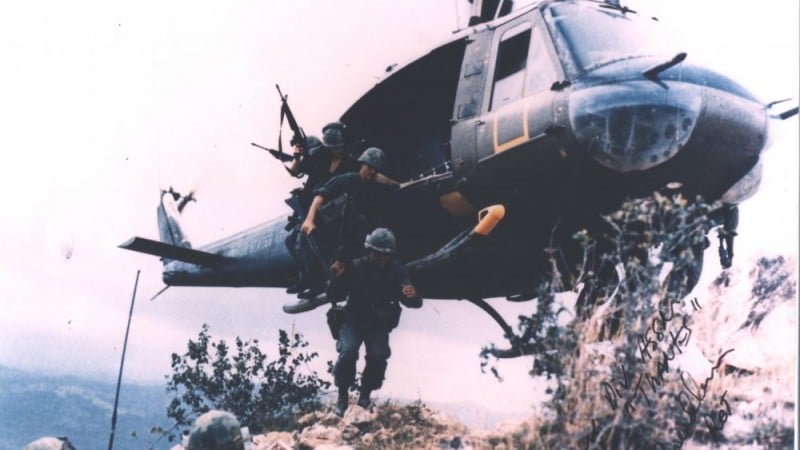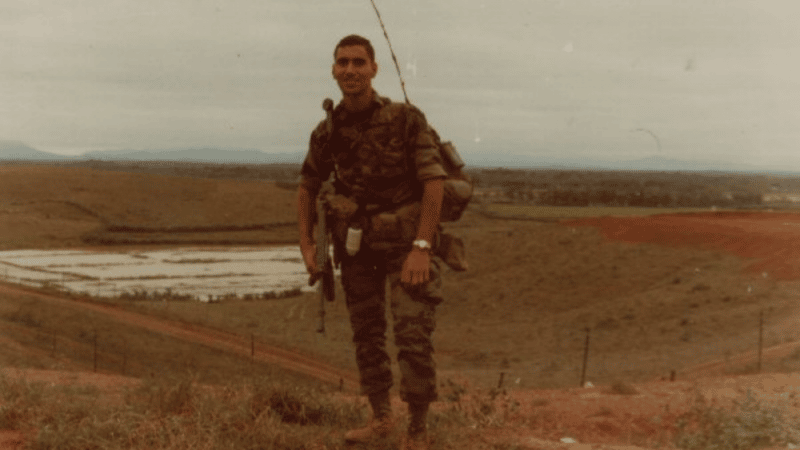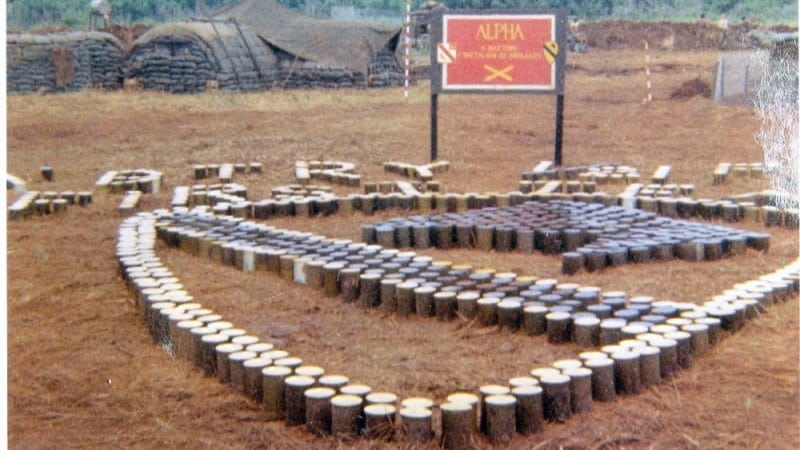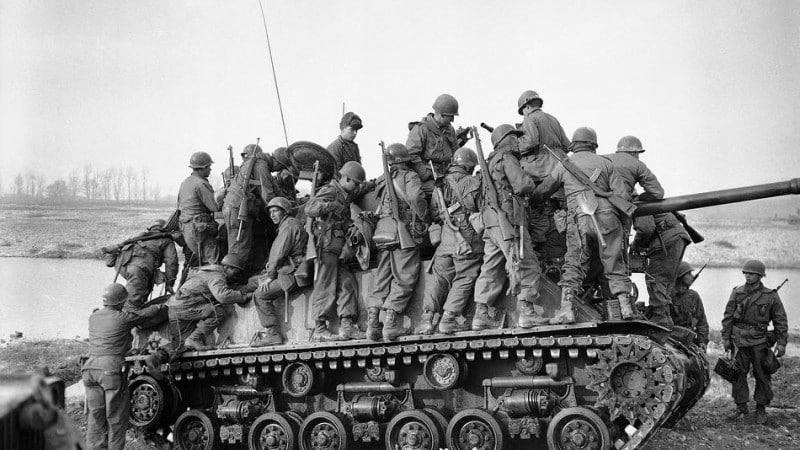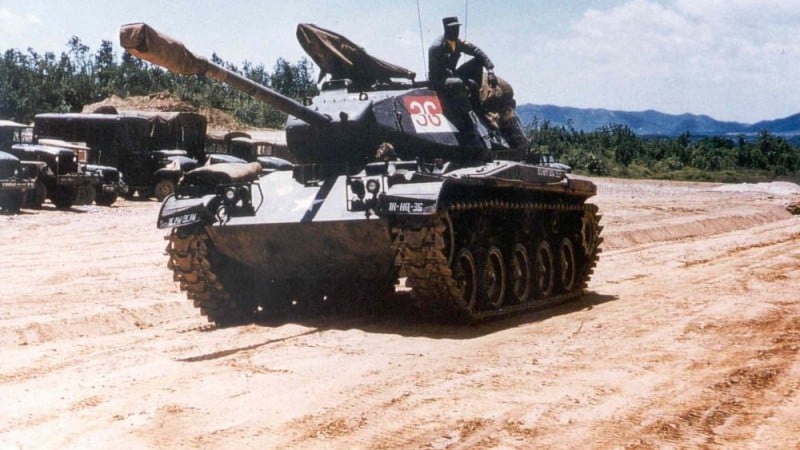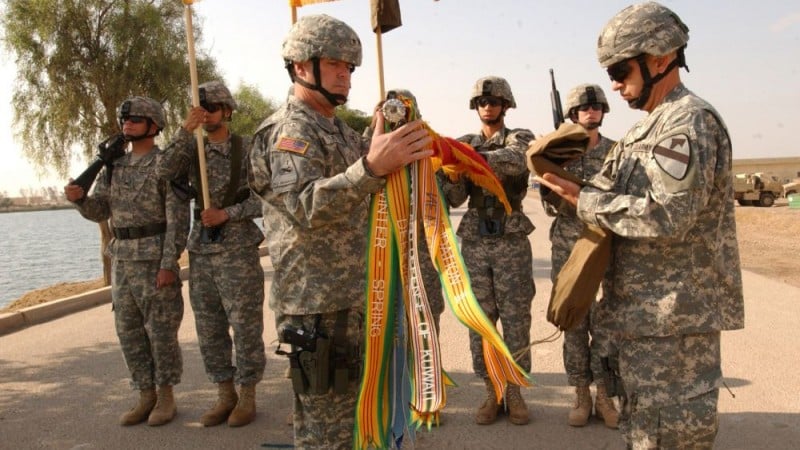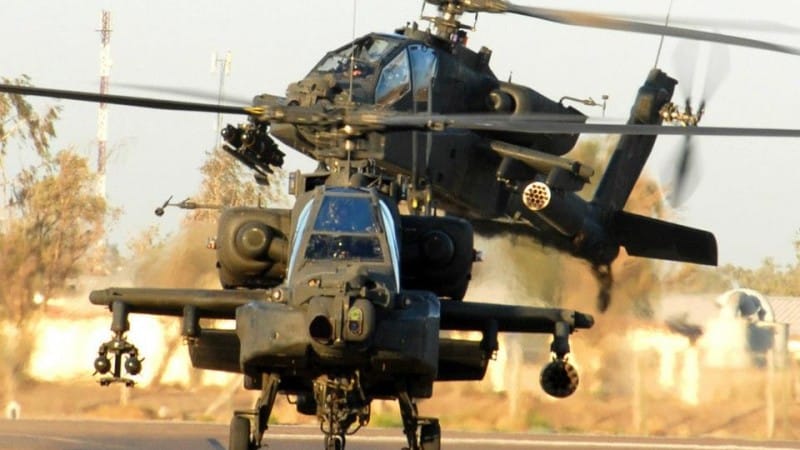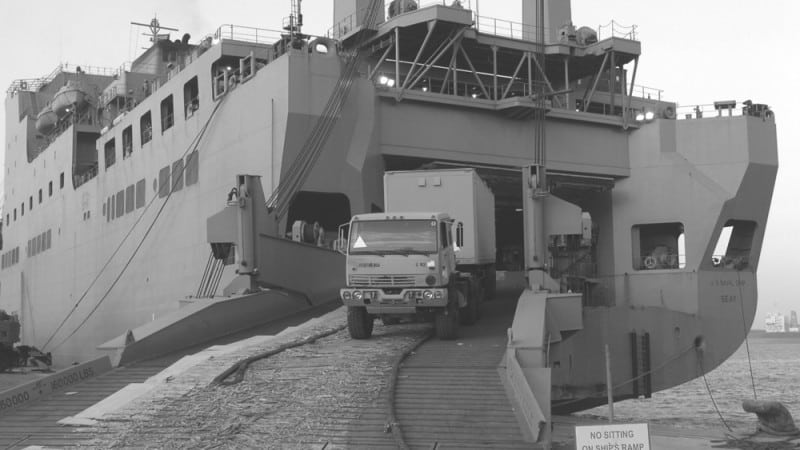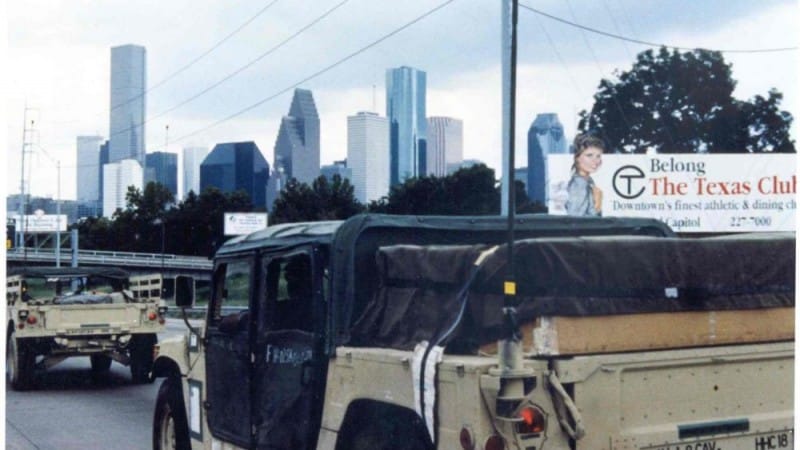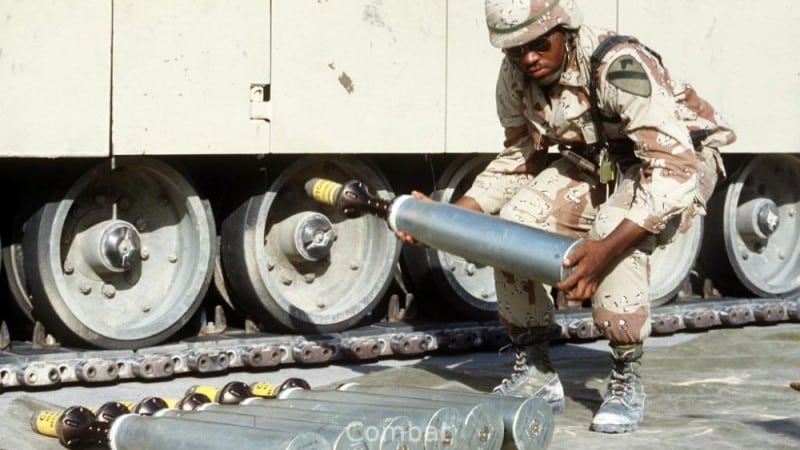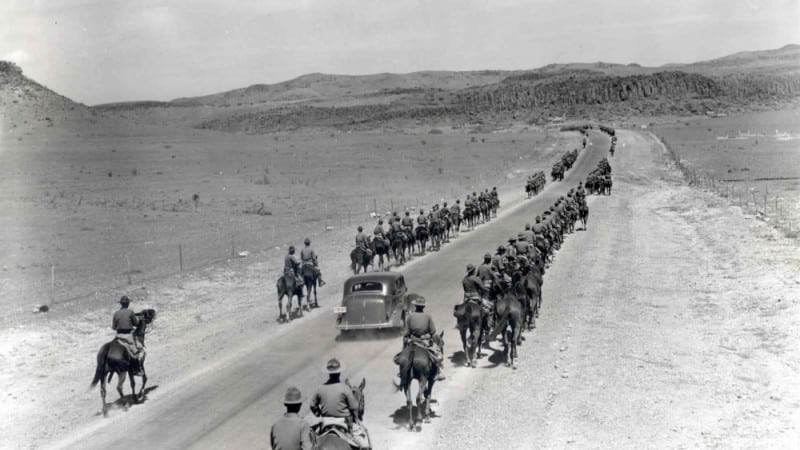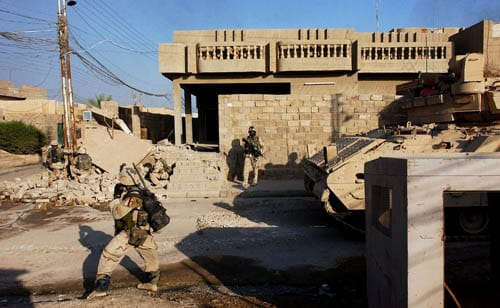History of the 1st Cavalry Division
“The First Team”
The history of the 1st Cavalry Division is a colorful tale of Troopers on horseback in the desert areas around Fort Bliss, Texas; fighting in World War II; occupation duty in Japan; combat in the Korean War; service in Hokkaido; patrols along the Korean DMZ; Airmobile warfare in Vietnam; the Cold War with service at Fort Hood; desert fighting in the Gulf War; peacekeeping in Bosnia; and fighting the War on Terror in Iraq and Afghanistan. This page will provide you with a brief history of the First Team and links to other web pages and historical documents that honor the First Team!
The 1st Cavalry Division was formally activated on 13 September 1921 at Fort Bliss, Texas. Our early duties in West Texas included rough-riding and patrolling the Mexican border. Technological progress of the 1940’s diminished the usefulness of horse-mounted Soldiers, and the division turned in its horses and prepared to serve as dismounted cavalry in World War II’s Pacific Theater.
In February 1943, the 1st Cavalry Division was alerted for overseas assignment and closed at Strathpine in Queensland, Australia on 26 July to train for jungle and amphibious operations. On 29 February 1944, the 1st Cavalry Division had its first combat as the Troopers stormed the beaches of Los Negros Island fighting a fierce campaign that took some 7,000 Japanese casualties. The division’s next action was a few months later on the Philippine Island of Leyte. When the last Japanese stronghold was eliminated, the division moved to Luzon. The 1st Cavalry Division was first into Manila in February 1945 following one of the most important actions of the war which is known as the “Flying Column”. The Division’s Troopers entered Manila and freed the internees at Santo Tomas University. Two Troopers of the 1st Cavalry Division were awarded the Medal of Honor posthumously during World War II. Major General William C. Chase officially took command months later, and his nickname for the division, “First Team”, was well-received and remains today.
In September of 1945, the “First Team” led occupational forces into Japan’s capital city, earning the distinction of “First in Tokyo”. The 1st Cavalry Division spent the next five years in Japan on Occupation Duty. First quartered on the Yoyogi Parade Grounds the Division moved to the outskirts of the city and occupied Camp Drake in September 1945. The Division’s first mission in Tokyo was to assume control of the central portion of the city. Daily patrols began the long task of locating, investigating, and reporting all Japanese installations which had contributed to the nation’s war effort. All arsenals, factories, barracks, and storage grounds had to be examined and reports made of their contents. In addition, the Division was concerned with the status of demobilization of the Japanese armed forces. The 1st Cavalry Division’s occupation jurisdiction extended over 5,000 square miles. The years 1946 to 1950 saw further easing of tensions between Japanese and Americans. Whenever floods or earthquakes hit the Japanese mainland, the Cavalrymen joined the rescue efforts. Once every few weeks, the Division staged colorful parades in the Imperial Plaza in the heart of Tokyo. Division Troopers contributed time, money and their talents to a number of Japanese orphanages and other social relief agencies. In June 1950 North Korea invaded South Korea and despite woeful manning and equipment shortages, the First Team prepared for their next combat.
The 1st Cavalry Division stormed ashore at Pohang Dong, South Korea, in the Korean War’s first amphibious landing. By July 1950, the division began offensive operations to the north and crossed the 38th parallel on October 9th. Closing on North Korea’s capital ten days later, the “First Team” was “First in Pyongyang”. With the war almost won and US forces just south of the Chinese border the Chinese Communist Forces entered the war and the onslaught of numerically superior forces overran and encircled the 8th Cavalry Regiment at Unsan. United Nation’s forces began a withdrawal and were pushed past the 38th Parallel and below Seoul. The UN forces counter attacked and the 1st Cavalry Division again crossed the 38th parallel as fighting settled along that area. After 549 days of continuous combat, the division began planning to return to Japan. The division established a defensive military presence in the northern island of Hokkaido. Several units of the division returned to serve in Korea. During the Korean War eleven Troopers of the First Team were awarded the Medal of Honor for their actions.
At the end of the Korean War the division remained on duty in Japan until its move back to the Korean Peninsula and duty along the Demilitarized Zone in 1957. The division spent the majority of its time in the field operations patrolling the southern border of the DMZ and adjacent areas in observation and listening posts that were manned 24 hours a day until departing for Fort Benning, Georgia in July 1965.
Reorganized and equipped as an airmobile division the “First Team” was quickly shipped to Vietnam becoming the first fully committed division in country. The division became the first division to earn the Presidential Unit Citation during the thirty-five day Pleiku Campaign. Airmobile tactics permitted fast movement on the battlefield as the “Sky Troopers” of the 1st Cavalry Division rode their helicopters into numerous battles. The enemy launched the famous Tet Offensive in late January 1968. Already on the move, the “First Team” rushed north, liberating cities and boldly repelling the enemy offensive. The division’s “Sky Troopers” flew in to relieve the besieged Marine base at Khe Sahn and the division was first into Cambodia in May 1970. The first full division into Vietnam was the last full division to leave Vietnam. Thirty Troopers of the 1st Cavalry Division were awarded the Medal of Honor for their valor during the Vietnam War. Redeployment to Fort Hood, Texas began in 1971 where the “First Team” reorganized into a “Triple Capability” or “Tricap” Division, incorporating an armor brigade, an air mobility brigade, and an air cavalry brigade. While the Division colors left Vietnam in 1971, the 3rd Brigade, 1st Cavalry Division (Separate) remained in Vietnam until June 1972.
In the following years the First Team fought the “Cold War” as they trained and readied for combat in any area of the world. Training at Fort Hood, deploying to Germany as part of Return of Forces to Germany (REFORGER), and fighting the Opposing Force at the National Training Center at Fort Irwin, California became the routine of America’s only Cavalry Division.
In August 1990, the 1st Cavalry Division was alerted for deployment o Southwest Asia as part of the joint forces participating in Operation Desert Shield. The focus at that time was the defense of Saudi Arabia against a potential Iraqi attack.
In January 1991, the division was attached to VII (US) Corps and the focus of the First Team clearly began to shift toward offensive action. The division moved nearly 500 kilometers to another assembly area near King Khalid Military city (KKMC) in Northern Saudi Arabia. This put the division in a key strategic location covering the historic Wadi al Batin approach into Saudi Arabia. The stay near KKMC was short and the division jumped north toward the juncture of the Saudi, Iraq, and Kuwait borders beginning a calculated war of deception along the Saudi border.
The deception caused Iraq to focus their forces along the Wadi and on 20 February, prior to the main attack by coalition forces the First Team’s 2nd Brigade mounted the first major mounted ground attack 10 miles into Iraq ensuring that the Iraqi Army thought the main attack was to be through the Wadi al Batin.
On February 26, the commander of the Allied forces, General Norman Schwartzkopf directed, “send in the First Team. Destroy the Republican Guard. Let’s go home.” The entire division, minus the 2nd Armored Division’s “Tiger” Brigade who was with the Marines moving into Kuwait, pausing only to refuel before passing through the breeches continued north, then east, moving in a vast armada of armor and went 300 kilometers in 24 hours, slicing deep into the enemy’s rear.
In 1998, the 1st Cavalry Division assumed the mission of Task Force Eagle, conducting peace support operations in Bosnia-Herzegovina. Following four months of highly successful and intensive planning, training, and maintaining, America’s “First Team” assumed the mission of ensuring peace and stability throughout Bosnia-Herzegovina for over a year, transferring authority to the 10th Mountain Division in August 1999.
In early 2003, select divisional units were designated to deploy in support of Operation Iraqi Freedom through the initial phase of combat culminating in the liberation of the Iraqi people from the tyrannical rule of Saddam Hussein. In the fall of 2003, the division as a whole was ordered to prepare for deployment in Operation Iraqi Freedom II. Assuming control of Task Force Baghdad in April of 2004 the division engaged the enemy across multiple lines of operation, helping the Iraqi people forge a new, democratic government – the first in the nation’s history. Two major events occurred during the division’s year in the Iraqi capital: first, the coalition returned sovereignty to the people of Iraq in June 2004; and second, the national elections of January 2005 demonstrated the resolve of the Iraqi people to gain control of their country. The division transferred authority to the 3rd Infantry Division in February 2005 and completed their return to Fort Hood on April 2nd.
After returning from Iraq in 2005, the Division underwent a transformation to the Army’s new modular design becoming a combined arms division. Many of our units were inactivated or redesignated as the Division reorganized into a more deployable and lethal configuration. Adding a fourth maneuver brigade that was temporarily located at Fort Bliss, Texas the Division began a training program to prepare for a return to Iraq in 2006.
On 15 November, 2006 the 1st Cavalry Division assumed control of Baghdad for the second time and leadership of Multi-National Division Baghdad. Two of our brigades, the 3rd and 4th Brigade Combat Teams, were attached to the 25th Infantry Division working in a different area of Iraq while the ranks of the First Team were expanded by the attachment of brigades from divisions across the Army. The surge in Iraq brought the assigned and attached strength of the First Team and MND-Baghdad to over 100,000 Soldiers.
Returning to Fort Hood in late 2007 the division relocated the 4th Brigade Combat Team from Fort Bliss to Fort Hood and saw the departure of the 15th Sustainment Brigade from division control in 2008. The 4th BCT again deployed to Iraq leaving the rest of the division to train and prepare for a third deployment in 2009.
In late 2008, the 3rd Brigade Combat Team deployed to Iraq followed by the 2nd BCT, 1st BCT and the Division Headquarters in early 2009. The First Team once again accepted the control on MND-Baghdad from the 4th Infantry Division on 10 February, 2009. Only the 1st BCT remained assigned to the Division with the other three Heavy Brigade Combat Teams being attached to other divisions in Iraq. The 1st Air Cavalry Brigade deployed to Iraq in the spring of 2009 for a one-year deployment and was the last 1st Cavalry Division unit to participate in Operation Iraqi Freedom.
The 4th BCT was one of the first units to deploy for Operation New Dawn with the mission to train and assist Iraqi Security Forces in September, 2010 followed by 2nd Brigade who deployed in 2011, helping to advise, train, assist and equip Iraqi forces while simultaneously transitioning more than a half-dozen bases back to Iraqi control. The other brigades followed on to Iraq for Operation New Dawn and the movement out of Iraq and into Kuwait. On the morning of 18 December 2011, after almost nine years, the 3rd Special Troops Battalion of the 3rd Brigade Combat Team (Grey Wolf) was the last unit to leave Iraq. The units of the First Team had completed a flawless movement involving multiple passages of lines conducted without incident. After leaving Iraq, the 1st Brigade Combat Team remained in Kuwait for several months as a contingency force for the CENTCOM area.
On 19 May 2011, in continuing to expand its role in the mid-eastern theater of operations, the 1st Cavalry Division unfurled the unit’s new colors in a transfer of authority ceremony with the 101st Airborne Division (Air Assault) on Bagram Airfield, Afghanistan. During a pivotal time in the war on terror and in Afghanistan’s history, The command authority of the Regional Command – East (RC-E) shifted from Combined Joint Task Force-101 to CJTF-1. In this new mission of the 1st Cavalry Division took control of over 35,000 Soldiers from eight US, French and Polish task forces and 14 provinces that, combined, provide safety and security in an area populated by approximately 7.5 million Afghans. The Area of Command consists of 43,000 square miles and shares 450 miles of border with Pakistan. The Division’s Air Cavalry Brigade also deployed to Afghanistan and conducted operations in almost all areas of Afghanistan for a full year.
In 2014 a portion of the Division Headquarters headed to Afghanistan where it took over the training of Afghan units as the Headquarters for Train, Advise, Assist Command – South. They conducted train, advise, and assist missions so that the Afghan National Security Forces would be sustainable and capable of protecting their population and government into the future. The final Troopers from this deployment returned to Fort Hood in June 2015.
The Division began aligning its brigades in different areas and sending, first 2-12 Cavalry and then 3-8 Cavalry to Korea, which led to the 2nd BCT, 1st Cavalry Division (Black Jack) deployment to Korea in 2015 to replace a brigade of the 2nd Infantry Division which was inactivated. When the 2nd BCT’s nine month deployment ended in 2016 they were replaced by the 1st BCT, 1st Cavalry Division (Iron Horse) which ended in October 2016. The 1st BCT had sent units to Europe, similar to the old REFORGER exercises after Russian Troops invaded Ukraine in 2014. 1st Cavalry units trained with old Cold War foes and demonstrated the ability to deploy heavy forces quickly. In the fall of 2015, the 3rd Battalion, 227th Aviation deployed to support operations in Europe.
Reorganization in the Division continued with the return of the Division Artillery (Red Team) and the activation and assignment of the 1st Sustainment Brigade (Wagon Masters) which carries the lineage and history of the Division Support Command. Both DIVARTY and DISCOM had been inactivated in 2005.
Since 2015, the Division has taken on new missions around the world in support of Combatant Commands as regionally aligned expeditionary forces. 1st Cavalry units have deployed in support of Korea, Europe, and the Middle East providing strategic deterrence across the globe. Today the 1st Cavalry Division is the Army’s premier Armored Division, equipped with the most modern and advanced weapon systems aligned to support NATO and the United States European Command. Its units deploy in support of Atlantic Resolve to reassure our NATO Allies, strengthen our international partnerships, and protect the United States’ national interests.
With the Army’s finest Soldiers and best equipment, the hard-riding spirit of the United States Cavalry is alive and well in the 1st Cavalry Division. A cohesive, fit, well-trained formation, the “First Team” remains ready to fight anywhere, anytime, and win.
